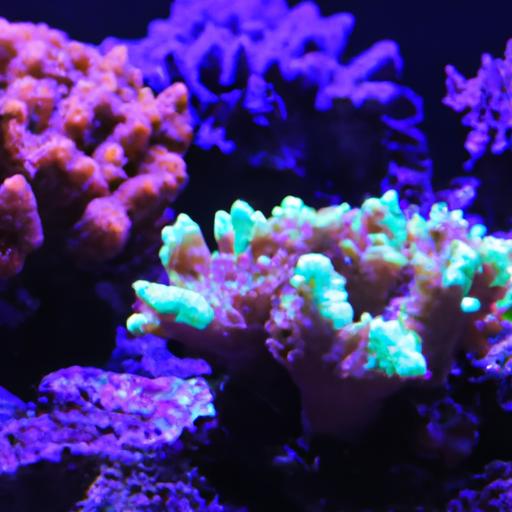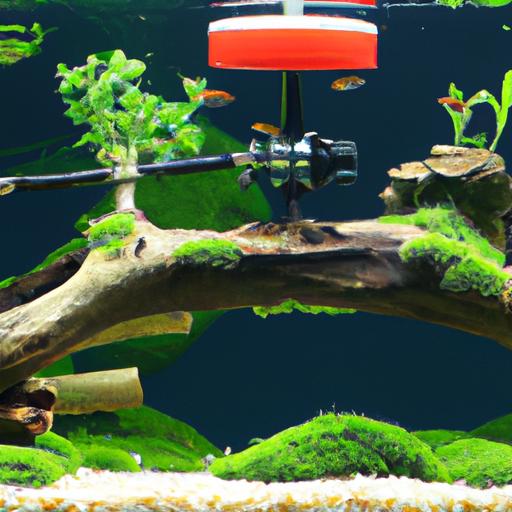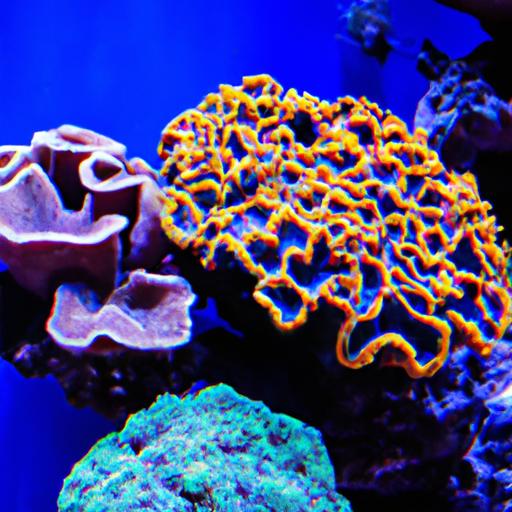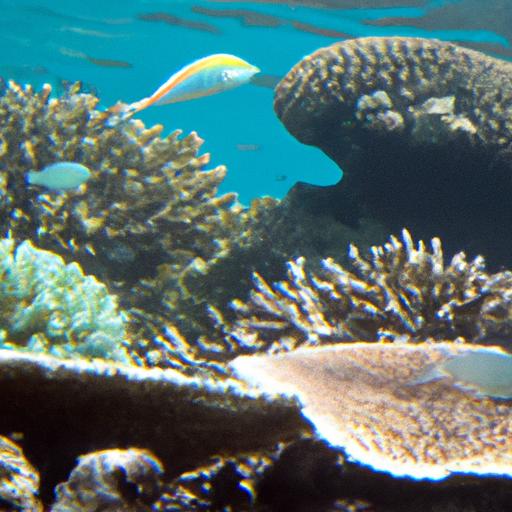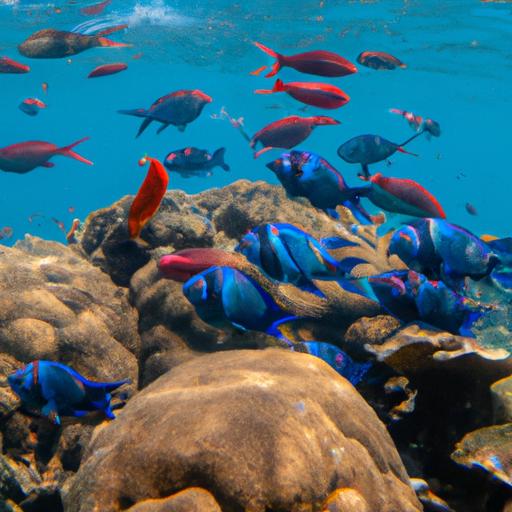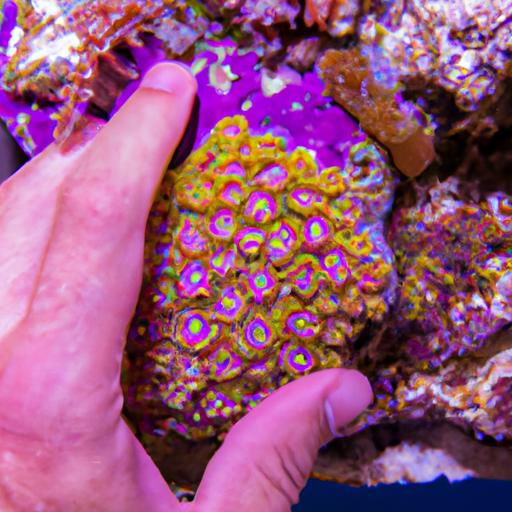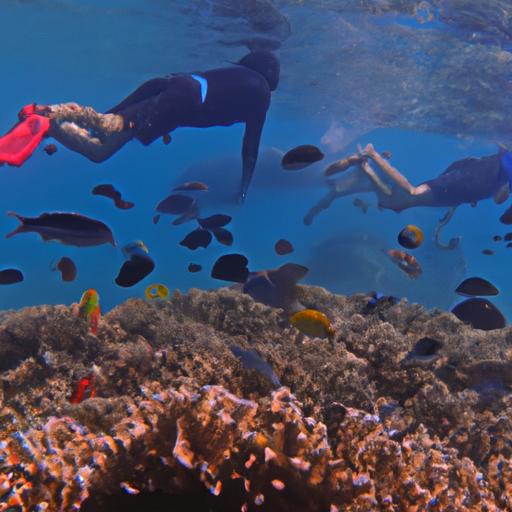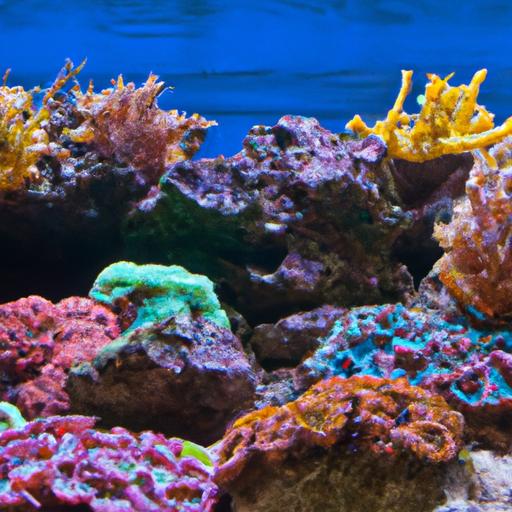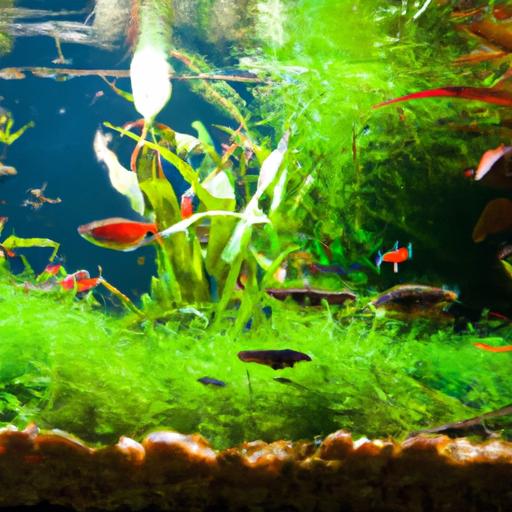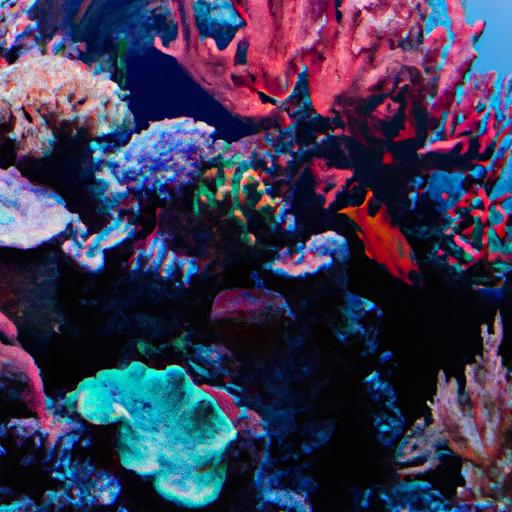
Coral Coloration: Factors Influencing Vibrant Hues in Your Aquarium
Discover the key factors influencing coral coloration in your aquarium. Learn how lighting, water quality, nutrients, and genetics impact vibrant hues.
Introduction
When it comes to creating a visually stunning aquarium, coral coloration plays a vital role. The vibrant hues of corals not only enhance the overall aesthetic appeal but also reflect the health and well-being of these fascinating organisms. In this article, we will explore the various factors that influence coral coloration in your aquarium, providing you with valuable insights to create a captivating underwater world.
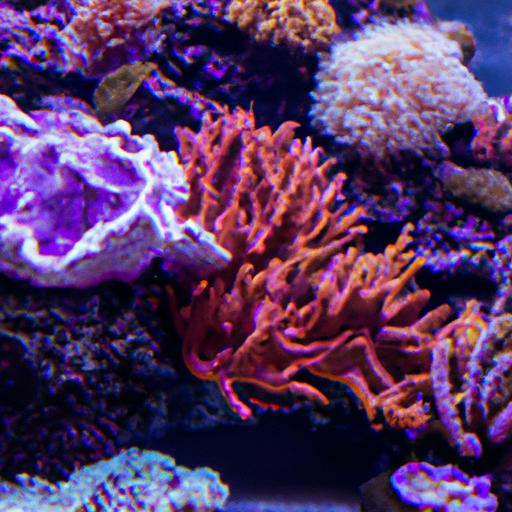
Factors Affecting Coral Coloration
1. Lighting conditions and spectrum
The lighting conditions in your aquarium have a significant impact on the coloration of corals. Proper lighting is crucial for the photosynthetic process and the production of pigments responsible for vibrant hues. Different coral species have specific lighting requirements, and finding the perfect balance is key. High-quality LED lights that mimic natural sunlight are often recommended. Adjusting the light intensity and spectrum can help bring out the full potential of coral coloration.
2. Water quality and parameters
Maintaining optimal water quality is essential for vibrant coral coloration. Proper filtration, regular water changes, and maintaining appropriate levels of salinity, temperature, and alkalinity are crucial factors. Fluctuations in these parameters can stress corals, affecting their ability to produce pigments and resulting in faded or dull colors. Regular testing and maintaining stable water conditions will promote healthy coral coloration.
3. Nutrient availability and supplementation
Corals require a balance of nutrients to thrive and display vibrant colors. Providing the necessary elements such as calcium, magnesium, and trace elements is vital for coral health. Nutrient deficiencies or imbalances can lead to pale or bleached corals. However, it’s important to note that excessive nutrient levels can also have detrimental effects. Proper research and understanding the specific requirements of your corals will help ensure optimal nutrient supplementation.
4. Genetic predisposition and coral species
The inherent genetic makeup of corals plays a significant role in their coloration. Different coral species naturally exhibit a wide range of colors, patterns, and shades. Some corals are more predisposed to vibrant hues, while others may have a more subdued color palette. Understanding the genetic characteristics of the corals in your aquarium will help you select the right species for achieving the desired coloration.
Frequently Asked Questions (FAQ)
How to enhance coral coloration in an aquarium?
Enhancing coral coloration requires careful attention to the factors mentioned above. Start by providing appropriate lighting conditions and spectrum. Ensure stable water parameters, including salinity, temperature, and alkalinity. Regularly test and maintain nutrient levels, supplementing as needed. Research the genetic predisposition of the coral species in your aquarium and select those known for vibrant hues. Consistency and patience are key in achieving and maintaining stunning coral coloration.
Can artificial additives affect coral coloration?
Artificial additives, such as coral food and supplements, can provide essential nutrients and enhance coral coloration when used correctly. However, it is crucial to exercise caution and follow the manufacturer’s instructions. Overdosing or using low-quality additives can lead to adverse effects, including coral stress or even death. Always choose reputable brands and consult with experienced aquarists to ensure the products you use are safe and beneficial for your corals.
What are some common mistakes that can negatively impact coral coloration?
Several common mistakes can hinder coral coloration. Inadequate lighting or improper spectrum can limit the coral’s ability to produce pigments. Fluctuating water parameters, such as temperature or alkalinity, can cause stress and faded colors. Neglecting regular water changes and insufficient nutrient supplementation can lead to nutrient deficiencies and pale corals. It is essential to avoid these mistakes by maintaining a stable and balanced environment for your corals.
Conclusion
In conclusion, coral coloration in your aquarium is influenced by various factors, including lighting conditions, water quality, nutrient availability, and genetic predisposition. By providing the ideal environment and paying attention to these factors, you can create a vibrant and captivating underwater world. Remember to research the specific requirements of your coral species, make informed decisions when selecting lighting and additives, and maintain stable water conditions. With proper care and attention, your aquarium can become a stunning showcase of vibrant coral hues, delighting both you and your visitors.
